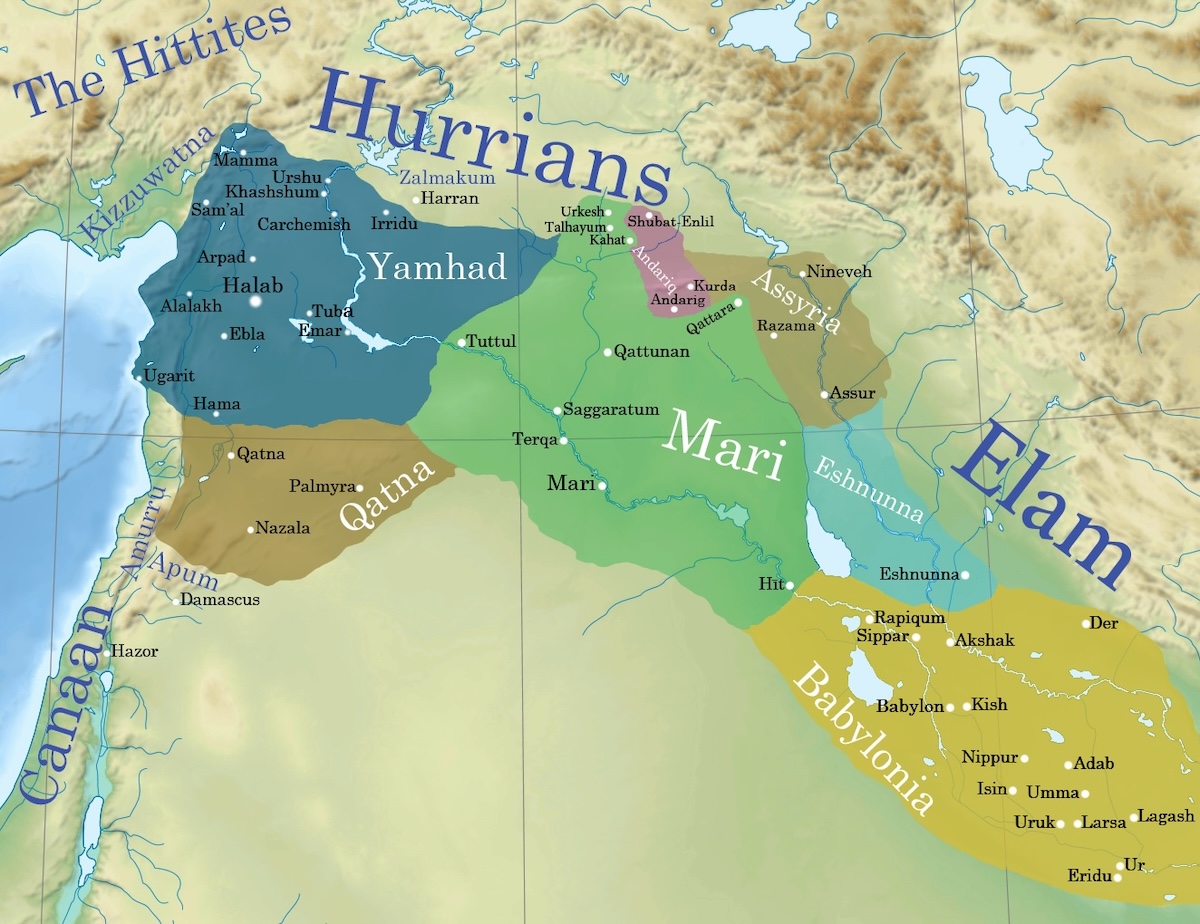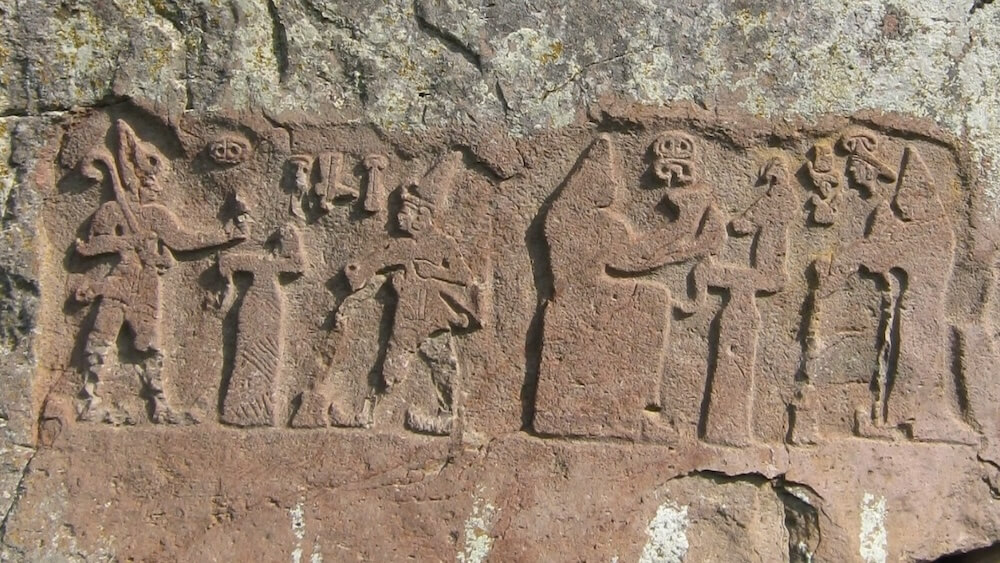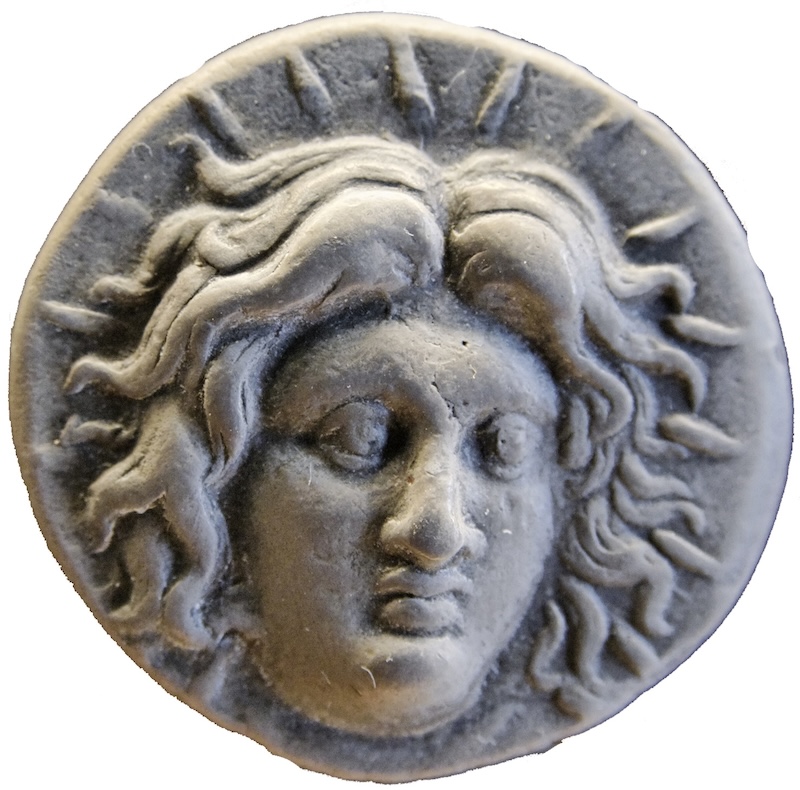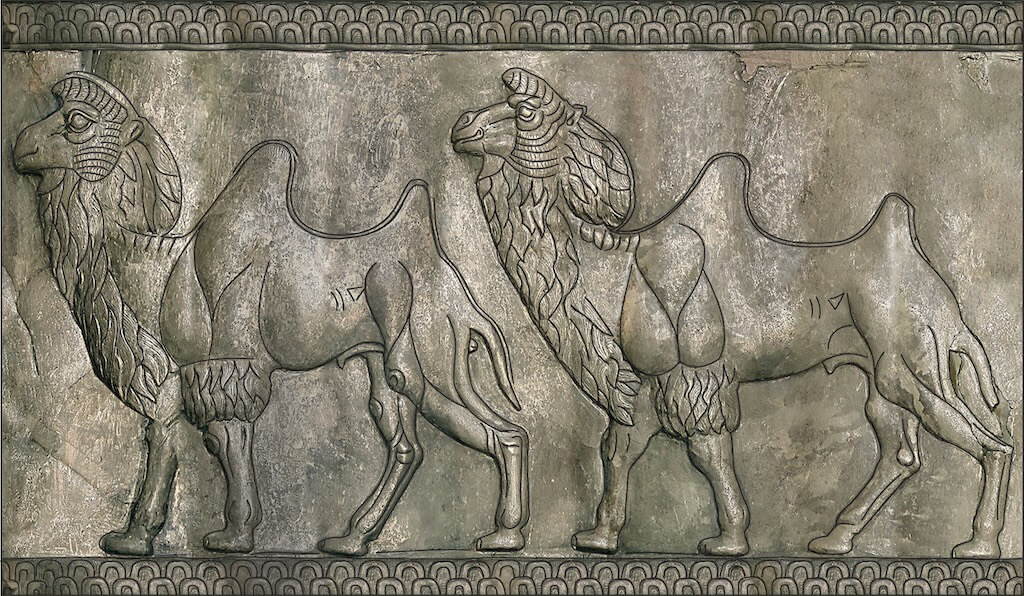
Camels in the Biblical World of the Ancient Near East
September 2022 | Vol. 10.9
By Martin Heide and Joris Peters
The question ‘what is a camel’ is more complicated than it seems. Domesticated Old World camels comprise two forms, the Bactrian or two-humped camel and the Arabian one-humped camel or dromedary. Archeozoological and iconographic evidence illustrates that by the 3rd millennium BCE, domestic Bactrian camels had already been introduced to Southern Turkmenistan.
Archaeological camel remains as well as pictorial evidence in southwest Asia strongly suggest that Bactrian camels may have been essential for transporting goods from Central Asia across vast landscapes at varying altitudes and with fluctuating temperatures. Material culture excavated in the Bronze Age civilizations of Central Asia and Mesopotamia imply long-distance interregional trade contacts in the third millennium BCE.
Old World camels comprise two domestic forms, the Bactrian or two-humped camel (Camelus bactrianus). Photo by Maria Kray.
In Mesopotamia, inscriptional evidence points to its use by the middle of the 3rd millennium BCE. In early Sumerian animal lists, it is ranked after the elephant and called the “elephant of the caravan.” At the beginning of the 2nd millennium BCE, a second designation came into use, the “elephant of the mountain.” Both names are in later bilingual lexical lists assigned to the Akkadian term ibilu “camel”. Apart from its mention in lexical lists, the Bactrian camel appears only occasionally in Sumerian writings. There seems to have been no interest on the part of herdsmen and livestock owners to breed these “alien animals” locally. Thus, camels were rarely exploited in local trade networks or transhumance, where donkeys dominated.
In the ancestral narratives of the Hebrew Bible, camels feature on several occasions in connection with long journeys. If indeed referring to incidents from the early 2nd millennium BCE, the book of Genesis narrates how Abram left upper Mesopotamia for the southern Levant at a time when Bactrian camels had already been employed in overland trade for centuries. His grandson Jacob took the same route with a small camel herd some decades later.
Drawing of camels on a cylindrical silver vessel from Gonur Depe. Drawing by A. Sapyev after a photograph by M. Babaev. © Margiana Archaeological Expedition
While there is limited, but clear evidence for the domestic two-humped camel in Mesopotamia prior to the early Iron Age, analysis of osseous remains from the Arabian Peninsula led to the conclusion that dromedaries from the same period were non-domesticated. Domesticated dromedaries appear much later. The earliest textual witness that points to this animal is a Sumerian scribal exercise from Middle Babylonian Nippur dated to ca. 1300 BCE referring to it as the “donkey of the Sea[land].” In bilingual texts, this unique expression was assigned to the Akkadian term ibilu “camel” as well. Its peculiar Sumerian name points to an animal that people associated with the marshlands and coastal mangrove habitats bordering the northern Gulf region.
Cameleers may have reached their goal of domesticating wild dromedaries by applying hybridization. Dating to the first centuries CE, osseous remains of ancient hybrid camels have been unearthed in southeast Arabia, while pictorial evidence of hybrid camels was recently identified in Mesopotamia. However, the peculiar names and contexts of further Akkadian camel terms, such as udru and tamru, and the fact that crossbreeding of closely related animals has a long tradition in ancient Mesopotamia suggest that camel hybridization was also known more than one thousand years earlier.
Crossbreeding of wild dromedary mares with domestic two-humped camel sires would have been a most natural and cost-efficient way to interact with wild dromedaries and integrate them into the livestock economies of Mesopotamia and adjacent regions. With time, people gained experience handling and breeding one-humped camels in anthropogenic environments, resulting in various dromedary lineages that were well suited for exploitation in the Ancient Near East.
Cuneiform tablet with oldest mention of a camel as anše a.ab.ba “donkey of the Sea[land]”. Object UM 29-16-338. Courtesy of the Penn Museum.
During the Neo-Assyrian period (ca. 900–600 BCE), the dromedary, mostly written as “donkey of the Sea[land]” or as gammalu (cf. our word for “camel”), appears in large numbers in campaign reports and booty lists. Expectedly, it is often mentioned in connection with north Arabian queens or kings. The domesticated one-humped camel became the most treasured livestock species in the Arabian Peninsula.
Turning to Egypt, it is generally held that the camel is not attested as a beast of burden in Egypt before the Ptolemaic period and that there was no Egyptian word for camel. These and similar notions must now be revised, based on the Persian Period ostraca from ʿAyn Manāwir at the Kharga oasis, ca. 200km west of the Nile valley. These documents mention camels employed in heavy fieldwork as gmr, an Egyptian way of rendering the Semitic root gml for “camel.” Moreover, linguistic evidence suggests that one-humped camels became known in Egypt still earlier, although their breeding did probably not start before the Persian period.
The camel hardly played an economic role in the early Iron Age southern Levant. However, the use of dromedaries in the copper industry of Timna (Southern Levant) in the 10th century BCE is a very intriguing and well-documented example of the species’ purposeful introduction, and it seems that the 10th century BCE marks the turning point regarding the use of camels in the region. Notwithstanding, even in the Late Iron Age, camel bones continue to appear only in small numbers. Artistic and inscriptional evidence for the camel is meagre as well, and the camel did not belong to the preferred beasts of burden. In the Hebrew Bible, camels twice head a list of unclean animals (Lev 11:4 and Deut 14:7). Moreover, a number of terms relating to the camel world that are known from Mesopotamia or Arabia appear only once, such as בֶּכֶר, beker “young camel” (Is 60:6), בִּכְרָה, bikrāh, “young she-camel” (Jer 2:34), and דַּבֶּשֶׁת dabbešet, “camel hump” (Is 30:6).
Hatra, Temple of Allat, second centuery CE hybrid camels flanking a royal figure. From M. Vidale, et al, “Iconographic evidence of hybridsation between Camelus bactrianus and Camelus dromedarius at second-century AD Hatra, Iraq,” Antiquity 96 (2022), fig. 4. https://doi.org/10.15184/aqy.2021.169. CC-BY-4.0.
Over time, knowledge and use of the camel intensified in the southern Levant as testified by the Aramaic ostraca from Persian Period Idumea. Towards the end of the Second Temple Period, people became so familiar with this animal that it was used in illustrations as the largest animal imaginable.
Martin Heide is Associate Professor of Semitic Languages at the Center for Near and Middle Eastern Studies, Philipps-Universität Marburg.
Joris Peters is Professor and Chair of Palaeoanatomy, Domestication Research and the History of Veterinary Medicine at the Ludwig-Maximilians-Universität München.
How to cite this article
Heide, M. and J. Peters. 2022. “Camels in the Biblical World of the Ancient Near East.” The Ancient Near East Today 10.9. Accessed at: https://anetoday.org/heide-peters-camels-ancient/.
Want to learn more?

A Failed Coup: The Assassination of Sennacherib and the Assyrian Civil War of 681 BC

The Amorites: Rethinking Approaches to Corporate Identity in Antiquity




![Cuneiform tablet with oldest mention of a camel as anše a.ab.ba “donkey of the Sea[land]”. Object UM 29-16-338. Courtesy of the Penn Museum.](https://anetoday.org/wp-content/uploads/2024/07/Fig6.jpg)

Post a comment